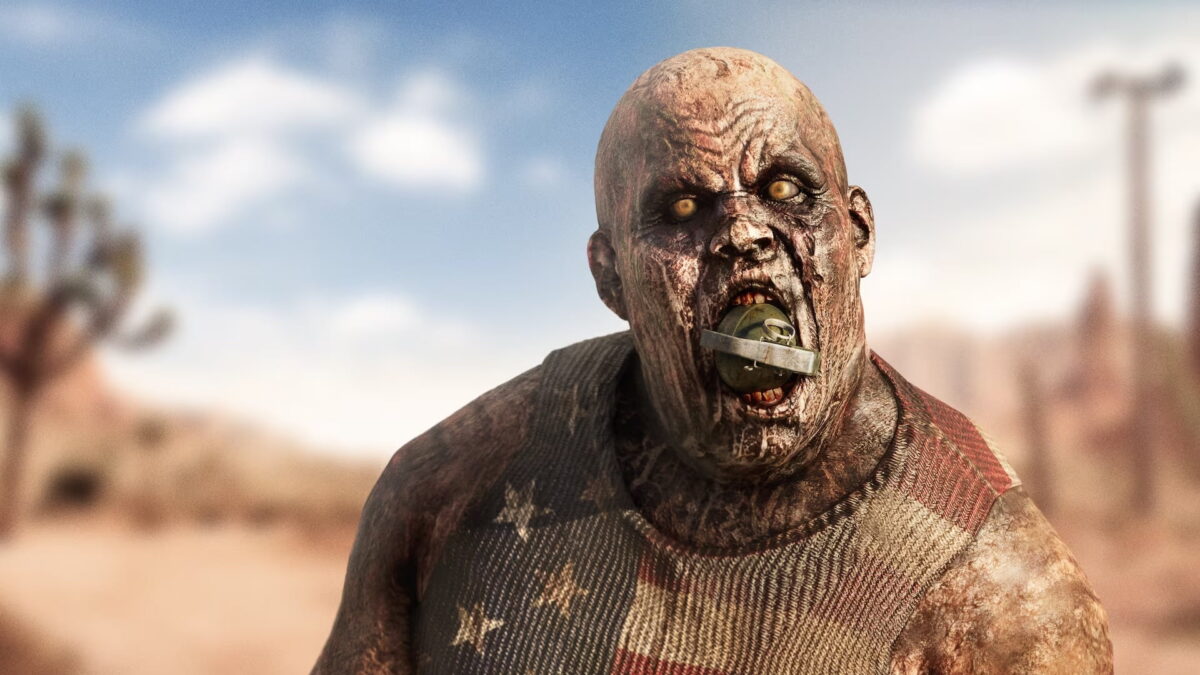Nothing beats Alyx: Are VR games like Arizona Sunshine 2 overrated?

The excellent reviews for Arizona Sunshine 2 have sparked a debate. How should we judge VR games?
The zombie shooter Arizona Sunshine 2 has received excellent reviews in the VR media — including here on MIXED. For me and other critics, the journey through post-apocalyptic Arizona with Buddy the dog was a VR highlight of 2023. However, some gamers see it differently and criticize the lack of production values. One VR game is often used as a comparison: Half-Life: Alyx.
Should we only give top ratings to AAA VR games that are optimized for the latest high-end hardware? I think VR can do very well without AAA production values.
Exaggerated expectations: Why some comparisons are flawed
Valve's selling point for the PC VR headset Valve Index, Half-Life: Alyx, was arguably the best VR game of its time, and for many it still is today. The level of interactivity and visual experience was unparalleled at the time.
This was due in part to an ingenious development team that understood the medium like few before them, and in part to the budget. Half-Life: Alyx is a flawless AAA production, with a great deal of time and resources spent fine-tuning and working on the smallest details.
However, developer Valve, who can draw on almost inexhaustible resources thanks to the PC gaming platform Steam, is an exception. Nearly four years after the release of Half-Life: Alyx, no VR studio can afford a similar budget. Anyone who thinks that games like Half-Life: Alyx could be made by indie studios — and that's 90 percent of all VR studios — is simply naive.
AAA in VR is not economically viable
Even for “traditional” publishers, games of this size are a risk. AAA productions require massive investments. If such a game fails, the publisher faces huge losses. The result is the closure of development studios, job losses and ultimately a thinned out gaming market.
Despite its growth potential, virtual reality is still a niche market in the games industry, lagging far behind mobile games, consoles, handhelds, and the PC. The revenue potential that studios can plan on is therefore lower and the risk of bad investments higher.
Even the best-selling VR headset of all time, Quest 2, is still a niche product compared to the console competition from Playstation, Xbox or Switch. Not to mention PC VR headsets, which would require a powerful computer for graphical realism, massive game worlds, and full interactivity. PSVR 2 also lacks major productions, with a few exceptions like Horizon Call of the Mountain. AAA in VR is simply not economically viable right now. Even Asgard's Wrath 2 or Assassin's Creed Nexus only work with subsidies.
Games must be seen in their entirety
Indie games like Arizona Sunshine 2 cannot reach the production values of Half-Life: Alyx under current conditions. Should they therefore not receive a five-star rating? Yes, because graphical realism and level of interactivity alone do not determine the overall experience.
Good VR studios manage to develop great VR experiences even with supposedly “small” budgets. Examples are Red Matter 2, Moss, Walkabout Mini Golf VR, I Expect You To Die 3 and Arizona Sunshine 2. Beat Saber also started small. These teams focus on the essentials, keep game worlds compact, and shine with innovation and creativity.
The quality of a VR game is made up of many individual elements that come together to form a homogeneous whole. In narrative games, this includes convincing characters with believable motivations, coherent storylines, and understandable decisions. Then there is the art and sound design, the play with light and shadow — everything has to be coherent. Visual realism is just a gimmick.
A recent study indicates that immersion does not depend on graphics. It is not just the visuals or the mechanics that matter, but the emotional experience. The emotions a game elicits at the end of the journey determine whether a VR experience has worked or not.
Healthy growth instead of AAA mania
So do we even need AAA productions in VR? I think they are more of a nice-to-have at the moment. Expecting lavish production values from VR games and using them as a yardstick for criticism is simply pointless. A good VR game is a good VR game if it works as a whole, engages us emotionally, and is simply fun.
From an economic perspective, it makes sense for studios to focus on the most popular target platform — mobile VR headsets — and scale up from there to less popular platforms. The technical capabilities of PC-VR and PSVR 2 are not always fully exploited. But this is the only way for these companies and the entire VR market to grow healthily in the long term.
Note: Links to online stores in articles can be so-called affiliate links. If you buy through this link, MIXED receives a commission from the provider. For you the price does not change.